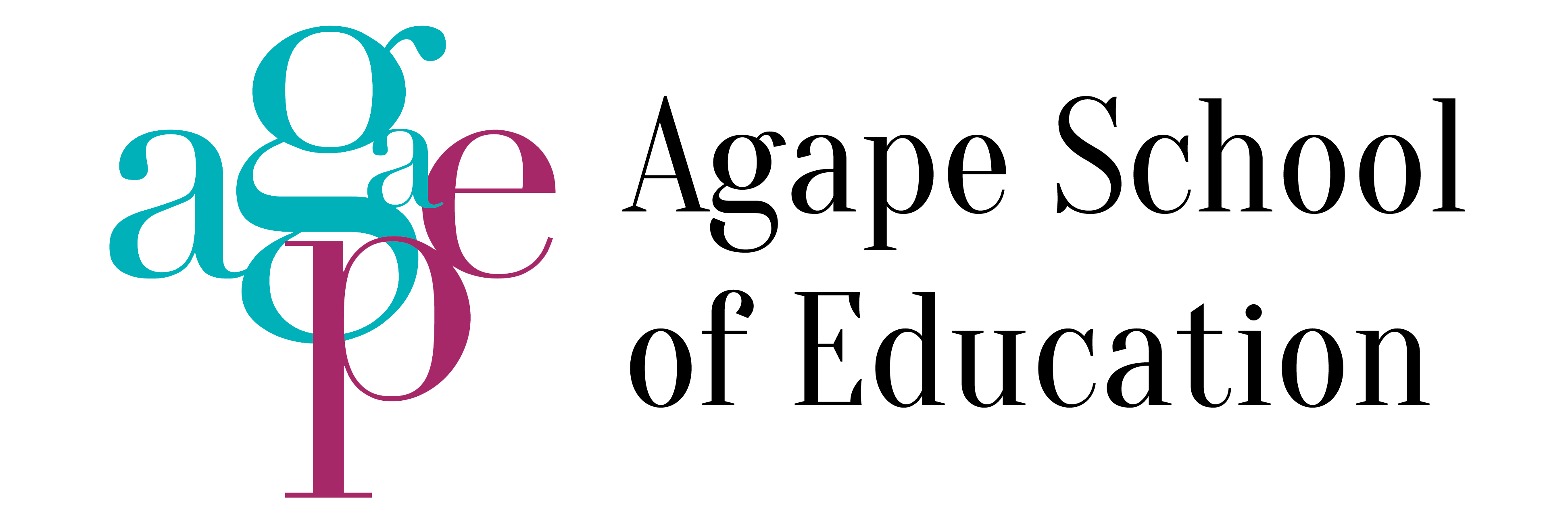Your toddler may think that he or she’s a complete superhero — and when it comes to language acquisition, it’s true! In particular, compared to adult language learners, children can pick up languages faster and more efficiently. While children can grow up to be completely bilingual, adult learners often suffer from a poor accent or grammatical errors in their speech, even after decades of study, even if they’re immersed in the culture of the new language.
As easy as acquiring multiple languages is for small children, the single most crucial factor in language learning is the quantity of spoken language addressed to the child. So, if you worry that you aren’t providing your child with enough language exposure, here are a few tricks to boost your child’s language acquisition.

Tips for boosting bilingualism in your child
- Join (or start) a playgroup for the second language. Children of all ages will learn from each other; there is simply no better language exposure and practice than through communication. Your child will pick up unique vocabulary or phrases from others and vice versa. A bonus will be that you will connect with other parents of bilingual children.
- Books: Of course, you know how vital those precious one-on-one moments are, but remember that they can be infused with language learning also. Books are the most effective tool for teaching language, and so I advise all parents: Start reading at birth and never stop! An excellent way to add to reading time (and make it personal) is to create a dialogue, encouraging your child’s comments, responses, and elaborations. Talk about what the characters are like and what they might be doing next.
- The right stuff: From books, add video, television, and games. There are a multitude of aides for language fluency. In particular, games that use rhyming will make the most of language memory, but I Spy, Bingo, and Memory with picture cards will also playfully build vocabulary.
- Sing and dance: Music is a great way to teach and entertain children. But don’t rely solely on recorded music; Sing to your child, even if it is off-key because it will still serve to unite melody and words for your child more surely than any professional recording ever could. Melody is also a fantastic memory aid. Think about how much easier children learn their ABCs when they sing them, compared to just reciting them. And, the combination of music with movement and gestures will make it fun for your little one — as well as provide an excellent outlet for squirmy toddlers.
- Tap into interests: Whatever your child’s enthusiasm may be — whether it’s a love of soccer, dance, or horses — make an effort to involve these passions when cultivating bilingualism in your child. My 3-year old son is a big Bob de Bouwer (Bob the Builder) fan, says Martijn Fredriks. So now we always watch it in Dutch, and he’s even started speaking in Dutch when he plays with the Bob the Builder toys.
- Be creative: The trick is to give the child lots to talk about, so draw out that conversation! Encourage them to make up their own stories, play dress-up, and pretend in their second language. Even painting, working with sidewalk chalk, or molding clay usually creates more vocabulary than art!
- Outside the box: Isabella Vellaccio, a mother in Washington DC, who reached beyond the obvious says, I wanted my son to hear Italian from someone else than just me, and the playgroups were all during my working hours. Isabella decided to attend the church coffee after the Italian mass on Sundays. The older Italian parishioners were thrilled to see him learn Italian. Needless to say, with that much attention and Italian cookies, he loved it. At Agape School of Education, our playgroups are designed to work around your schedule! Call us to find out more today!
- Get a linguistic helper: Find a university student who speaks the language you want your child to excel in, or for something more consistent, try a nanny or an au-pair who speaks that language. Once again, it’s the quantity (but also quality) of exposure that is key for your child.
- Visits: The ultimate language boost is to visit the country where it is spoken. Total immersion for a couple of weeks has a fantastic effect. And visits from friends or family also provide a valuable boost.
- Encourage enthusiasm: While the quantity of spoken language is the most crucial factor in learning a language, the second most vital ingredient is the amount of positive feedback the child hears. Early on, when a child is struggling to get those first syllables out, resist the urge to correct them can inhibit language skills.
Learn with us!
There is a myriad of ways to ensure that foreign language time is quality time, but like any other aspect of parenting: trust your judgment, employ your imagination, and listen very, very well. For everything else, trust the Agape School of Education for all your language needs!
Expose yourself to a new language at Agape School of Education through our carefully crafted Courses. Find a language you’re keen on learning through our Courses and begin your language learning experience with us. Invest in your SkillsFuture credit with us!



0 Comments